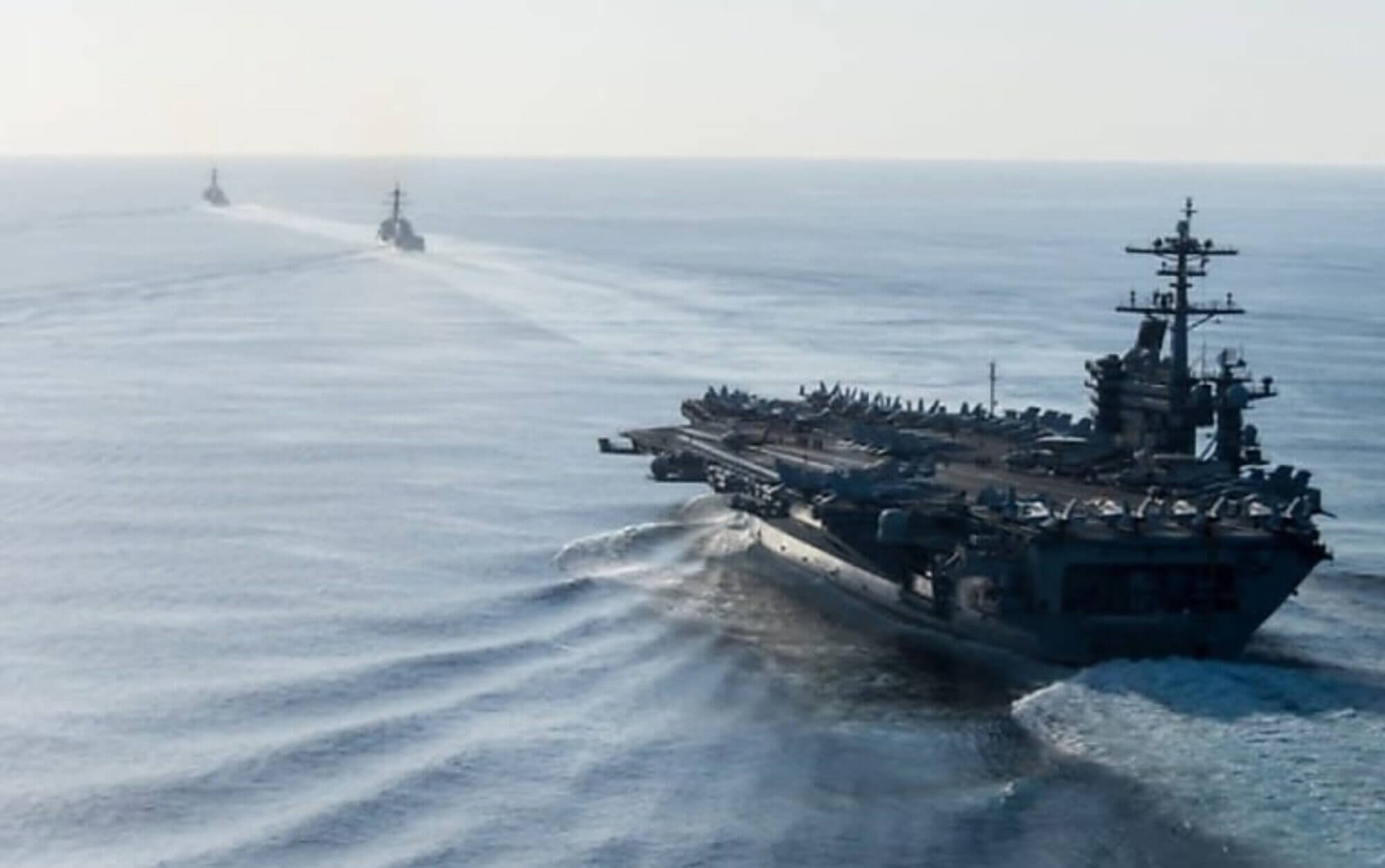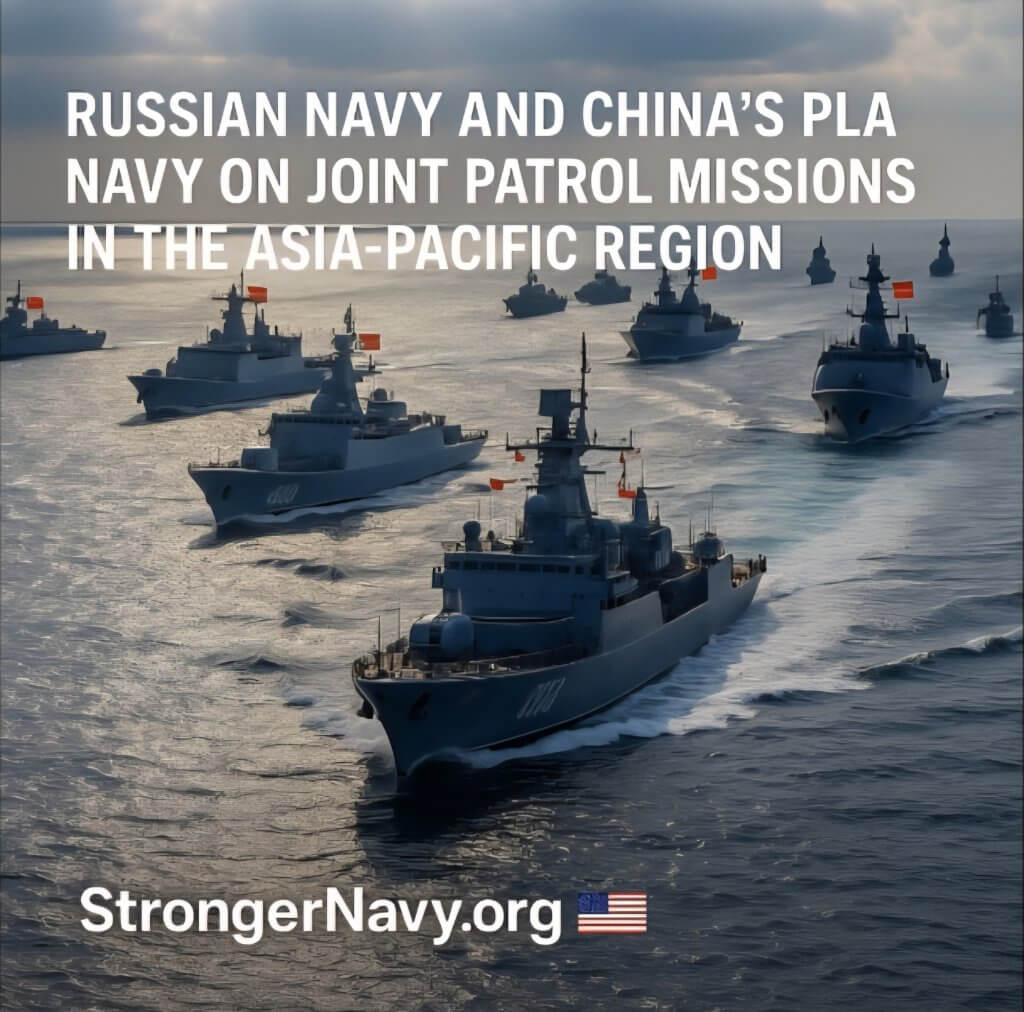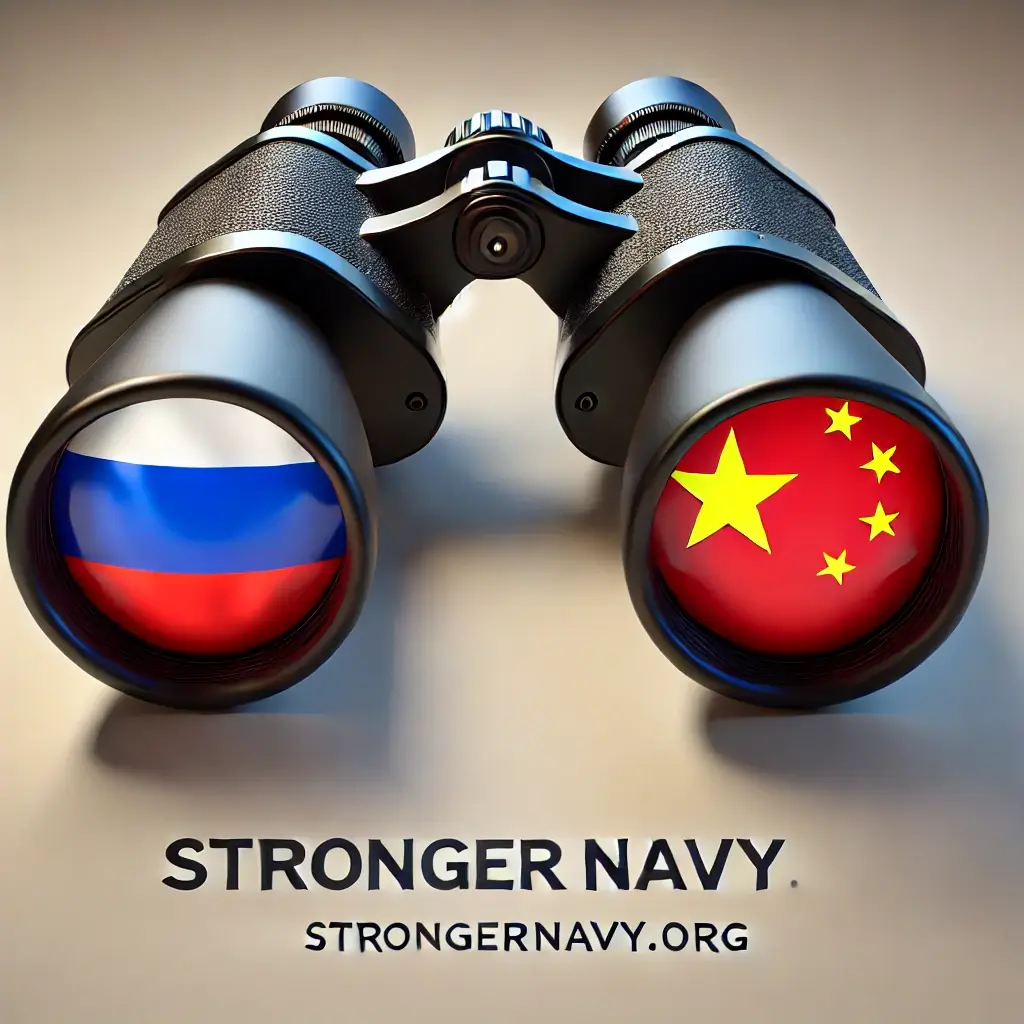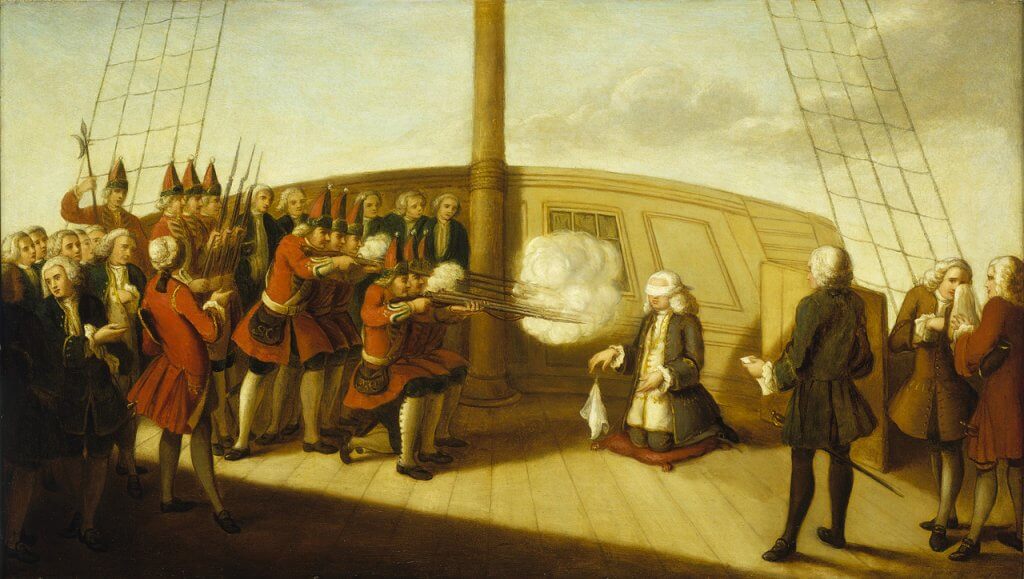
Introduction
The recent unveiling of the AIRCAT Bengal MC marks one of the most significant leaps in naval technology in recent years. Developed by Eureka Naval Craft in collaboration with Greenroom Robotics and ESNA Naval Architects, this 36-meter Surface Effect Ship (SES) blends cutting-edge speed, payload capacity, modularity, and autonomous operation. Capable of operating both crewed and uncrewed, the Bengal MC is designed to execute a wide range of missions—from launching Tomahawk cruise missiles to serving as a drone mothership—at a fraction of the cost of traditional warships. For a Navy seeking to maximize agility and lethality while controlling costs, the Bengal MC may represent a new model for maritime dominance.
Advanced Design and Capabilities
At the heart of the Bengal MC’s innovation is its SES hull, a hybrid between a hovercraft and a catamaran, which reduces drag and allows speeds exceeding 50 knots. It can carry up to 44 tons—enough for two 40-foot ISO modules—while maintaining a 1,000 nautical-mile operational range. This enables deployment to distant theaters without frequent refueling.
Mission versatility is a hallmark of the Bengal MC. Configurable for troop transport, landing support, electronic warfare, mine-laying or counter-mine operations, reconnaissance, and high-speed logistics, its modular construction allows the ship to be tailored for the task at hand. It’s equipped to launch Tomahawk cruise missiles and Naval Strike Missiles, providing a level of firepower that traditionally required much larger, more expensive ships.
Autonomy and Operational Flexibility
Powered by Greenroom Robotics’ Advanced Maritime Autonomy Software (GAMA), the Bengal MC is fully capable of autonomous operation, while still offering human-in-the-loop oversight. This system was validated through the Patrol Boat Autonomy Trial, ensuring reliability in complex maritime environments. Its ability to operate autonomously means it can be deployed into high-risk zones without putting sailors directly in harm’s way, while crewed missions remain an option for complex operations.
Efficiency and Strategic Value
The Bengal MC is also designed for fuel efficiency and reduced operating costs, making it an attractive option for navies needing maximum capability per dollar spent. Its ability to replace or augment larger surface combatants with smaller, faster, more adaptable ships could reshape the way the U.S. Navy and allied forces plan their fleets. This is particularly critical in the Indo-Pacific, where speed, reach, and survivability are vital.
Why Americans Should The Bengal MC
represents a shift toward a leaner, faster, more lethal Navy—one that can respond quickly to threats without waiting for a carrier strike group to arrive. In an era where peer adversaries like China are rapidly expanding and modernizing their fleets, the U.S. must adopt innovative solutions to maintain maritime dominance. This is about more than ships; it’s about safeguarding trade routes, deterring aggression, and ensuring that America retains freedom of movement on the seas.
Implications for the Navy
For the U.S. Navy, the Bengal MC offers an opportunity to expand distributed maritime operations with high-speed, missile-capable platforms that are less expensive to build and operate. The autonomy package reduces crew demands, freeing personnel for other critical missions. In contested environments, these vessels can serve as fast-moving strike platforms, reconnaissance nodes, or logistic links—roles that support and extend the reach of larger fleet assets.
Implications for Our Allies
For U.S. allies in AUKUS, NATO, and key Indo-Pacific partnerships, the Bengal MC offers an interoperable, high-performance platform that can be rapidly integrated into joint operations. Nations like Japan, South Korea, Singapore, Vietnam, Thailand, and the Philippines—facing their own maritime security challenges—could use this vessel to augment their fleets without the heavy investment required for traditional destroyers or frigates. Greater allied adoption would strengthen collective maritime defense and create a shared technological advantage over adversaries.
Conclusion
The AIRCAT Bengal MC is more than a new ship—it’s a potential blueprint for the future of naval warfare. Fast, flexible, and autonomous, it demonstrates how advanced engineering and smart design can produce a strategic asset that meets the demands of modern maritime security. If the U.S. and its allies choose to embrace this model, it could mark a turning point in the race for naval superiority in the 21st century.
Learn More and Get Involved
At Americans for a Stronger Navy, we believe in highlighting technologies and strategies that strengthen our maritime advantage. Our mission is to educate, engage, and rally support for a Navy that can meet tomorrow’s challenges head-on. Sign up for the FREE newsletter and join our educational series.






